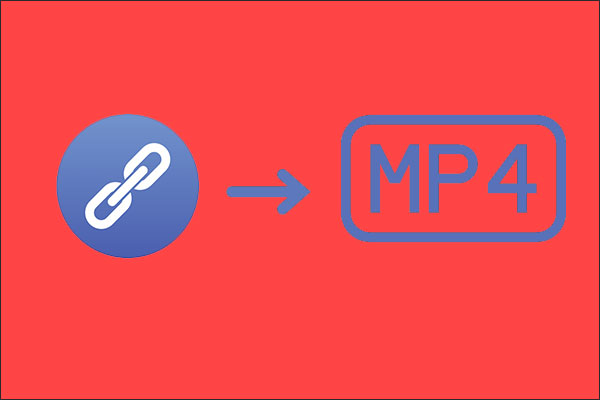Last updated on 2012-10-17, by
From Symbian 5.0 to Symbian Donna – The History of Symbian Systems
As the outdated tycoon in mobile market, Nokia is putting all its bets on the success of Windows mobiles like Lumia 920. While Nokia fans are expecting the Windows mobile to become the winner in the battle of Lumia 920 vs Galaxy S3 vs iPhone 5, they suddenly get the news about the death of Symbian. According to the latest news, Nokia would from now on stopped any further updating to Symbian systems, making Symbian Donna the latest as well as the last Symbian system.
Though many people view the death of Symbian as a matter of time, they have never expected to see it coming so early. As the long-time partner of Nokia, Symbian played an important role in the success and fall of Nokia mobiles. In some certain period, the evolution of Symbian systems had decided the fate of Nokia mobiles. After years of development, Symbian systems had updated from Symbian 5.0 to Symbian Donna. The news coming from Nokia had marked the ending of an old era where Symbian systems were most favored mobile systems. Therefore, this post will show you the history of Symbian systems, starting from Symbian 5.0 to Symbian Donna.
1. Symbian 5.0

As the first Symbian system in history, Symbian 5.0 released in 1999 failed to receive much attention at that time. With Symbian 5.0 devices like Ericsson MC218, users could not only surf the Internet with mobile web browser, send emails or add contacts but also run some apps on the basic of JAVA support.
2. Symbian 6.0

In 2001, Symbian 6.0 was available in the market with new features provided. Users with Symbian 6.0 devices like Nokia 9210 could not only visited websites via GPRS, but also transferred data via newly added Bluetooth. Moreover, users could choose the language of the interface they desired with this Symbian system. To meet users’ demand of large space storage, external storage devices like MultiMedia Card was also supported by Symbian 6.0.
3. Symbian 7.0

In 2003, Symbian 7.0 turned out to be quite influential in mobile market. The great success of Symbian 7.0 devices like Nokia 3230 had helped the sale volume of Symbian mobiles from one million a quarter to one million a month. In fact, starting from Symbian 7.0, Symbian systems began its way to integrate more and more computer features into Symbian mobiles. The prominent changes of Symbian 7.0 included changed Java support from pJava and JavaPhone to one based on the Java ME standard and enhanced security system.
4. Symbian 8.0

First debut in 2004, Symbian 8.0 led to mobile to a new era where mobile functioned like multimedia tools. With improved compatibility, Symbian 8.0 devices like Nokia 6630 could make full use of much more applications than its predecessor. With advanced technologies, Symbian 8.0 made it possible to take photos, listen to the music and play various games flawlessly on Symbian mobiles.
5. Symbian v9.1

Symbian v9.1 was released in 2005 and was also known as Symbian S60 3rd Edition. As an innovative Symbian system, Symbian v9.1 was totally different from its predecessors in its security system. The new ARM EABI binary model was added and mandatory code signing was required on installing applications. Starting from Symbian v9.1 devices like Nokia N95, the megapixel of rear camera, 3D gaming functions and screen resolution became important criteria on choosing mobiles. Actually, the great success of Symbian v9.1 system had also led to the prosperity of Nokia mobiles.
6. Symbian v9.4

Also known as Symbian S60 5rd Edition, Symbian v9.4 was first released in 2007. In order to catch up with the new trend, Symbian v9.4 mobiles like Nokia N97 was designed as large-size touch screen phones with handwriting support. Moreover, Symbian v9.4 was designed as a system with good compatibility and fast processing speed. In fact, this Symbian system is the turning points in the history of Symbian systems. Shortly after helped Symbian mobiles to gain great success, it failed to compete with the rising iPhone series.
7. Symbian^3

At the time when iPhone was the new dominator of mobile market, Nokia had once bet on the success of loftily expected Symbian^3. However, the 2010-symbian system failed to arouse people’s interest. Though Symbian^3 devices like Nokia N8 had sported capacitive touch screen, multi-touch points, optimized management system, HDMI port and Music Store app, they were still not attractive enough to compete with iPhone series. As a consequence, Nokia later decided to abandon Symbian mobiles and bet on Windows mobiles.
8. Symbian Donna

Symbian Donna also known as Symbian Bella FP2 was released in 2012 and turned out to be the last Symbian system available in the market. If the history of Symbian systems was started with Symbian 5.0, it was ended with Symbian Donna.











